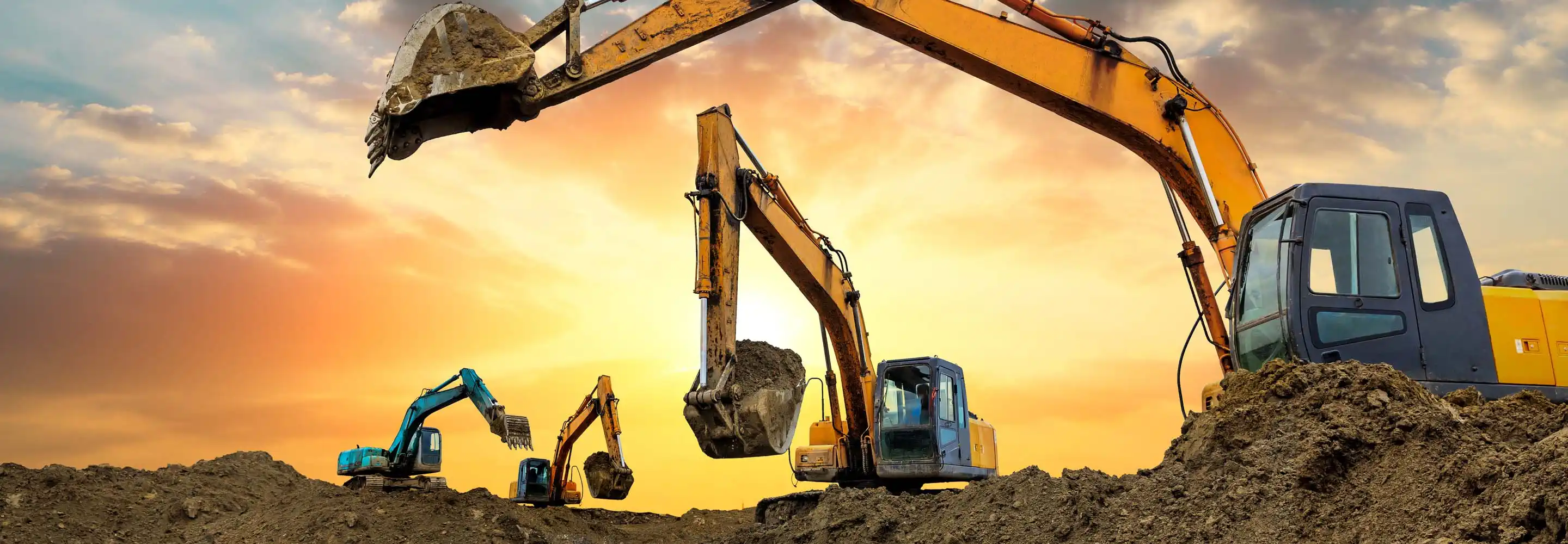Boom Lift Rental: Get To New Levels Safely
Boom Lift Rental: Get To New Levels Safely
Blog Article
Renting Out Vs. Acquiring Construction Devices: Making the Right Choice for Your Task
When starting a construction task, among the vital choices that forecast managers and stakeholders deal with is whether to purchase or rent out building and construction equipment. Both choices have their downsides and advantages, making the choice a critical one in the project preparation procedure. The decision hinges on different factors such as expense factors to consider, job period, tools maintenance, scalability, flexibility, and danger management. Each aspect plays an important role in identifying one of the most suitable path for the job's equipment needs. aerial lift rental. Allow's discover these aspects even more to understand how they impact the decision-making procedure and eventually the success of the task.
Expense Considerations
When evaluating the financial aspect of getting versus renting building and construction equipment, the upfront prices and lasting costs must be thoroughly taken into consideration. Leasing devices commonly calls for reduced first repayments contrasted to acquiring, making it an eye-catching alternative for temporary projects or professionals with spending plan restraints. Leasing eliminates the demand for large funding expenses and minimizes the monetary danger connected with devices possession, such as upkeep and depreciation prices. Nonetheless, in the long run, continually renting out tools can collect higher costs than acquiring, particularly for prolonged jobs.
On the various other hand, getting construction equipment entails higher in advance prices but can result in long-lasting financial savings, especially for regular users or long-term tasks. Ultimately, the choice between renting out and purchasing building devices hinges on the task's duration, regularity of usage, budget plan considerations, and long-term economic goals.
Task Period

On the other hand, for long-term projects or continuous building and construction job, purchasing tools can be the much more cost-effective choice. Getting equipment can cause cost financial savings in the future, specifically if the devices will be often made use of. In addition, having equipment offers a sense of control over its accessibility and permits modification to fit certain task demands.

Tools Maintenance
Offered the critical role task period plays in identifying one of the most affordable approach in between renting and buying construction devices, the emphasis now moves in the direction of checking out the vital aspect of equipment maintenance. Correct upkeep is vital for making certain the optimal performance and long life of construction equipment. Leasing tools often features the advantage of having actually properly maintained machinery offered by the rental firm. This can alleviate the burden of maintenance tasks from the task owner or service provider, conserving effort and time. On the other hand, possessing tools calls for a positive approach to upkeep to stop malfunctions, ensure security, and extend the devices's life-span. Regular examinations, maintenance, and prompt repairs are needed to keep owned devices in top working condition. Consider maintenance costs when choosing between acquiring and leasing, as ignoring upkeep can result in costly repair services, downtime, and task hold-ups. Inevitably, a properly maintained construction devices fleet, whether leased or had, is important for the efficient and successful conclusion of building and construction tasks.
Flexibility and Scalability
In the world of building and construction equipment monitoring, the facet of versatility and scalability holds substantial importance for job effectiveness and resource application. Choosing to lease building tools gives a high degree of versatility as it permits for the quick modification of tools types and amounts based on the progressing needs of a task.
Leasing construction equipment supplies the benefit of quickly scaling procedures up or down as job needs change. Professionals can rapidly include or trade equipment to match the job's changing requirements without the restraints of possessing possessions that might end up being underutilized or out-of-date.
Threat Management
Efficient risk monitoring in construction devices operations is extremely important to making sure task success and mitigating prospective monetary losses. Building and construction projects inherently include numerous threats, such as tools malfunctions, accidents, and project delays, which can considerably impact the project timeline and budget plan. By very carefully taking into consideration the threats connected with owning or renting out building and construction tools, task managers can make enlightened decisions to lessen these prospective threats.
Leasing building and construction equipment can provide a level of risk reduction by transferring the obligation of upkeep and repair services to the rental firm. This heavy equipment supplier can lower the website link financial worry on the project owner in situation of unexpected equipment failings (forklift rental). Additionally, renting offers the versatility to accessibility specific tools for particular project phases, reducing the danger of having underutilized equipment
On the other hand, owning construction equipment gives a sense of control over its use and upkeep. Nevertheless, this also suggests birthing the complete obligation for repair work, maintenance costs, and devaluation, raising the financial threats related to tools ownership. Cautious threat assessment and factor to consider of factors such as job duration, equipment utilization, and maintenance requirements are essential in determining one of the most suitable alternative for effective threat administration in construction tasks.
Conclusion
To conclude, when making a decision between renting out and acquiring building tools, it is vital to consider expense, job period, equipment maintenance, flexibility, danger, and scalability administration. Each variable plays a critical function in establishing one of the most appropriate option for the task at hand. By carefully examining these elements, job managers can make an educated decision that lines up with their spending plan, timeline, and total project goals.

Report this page